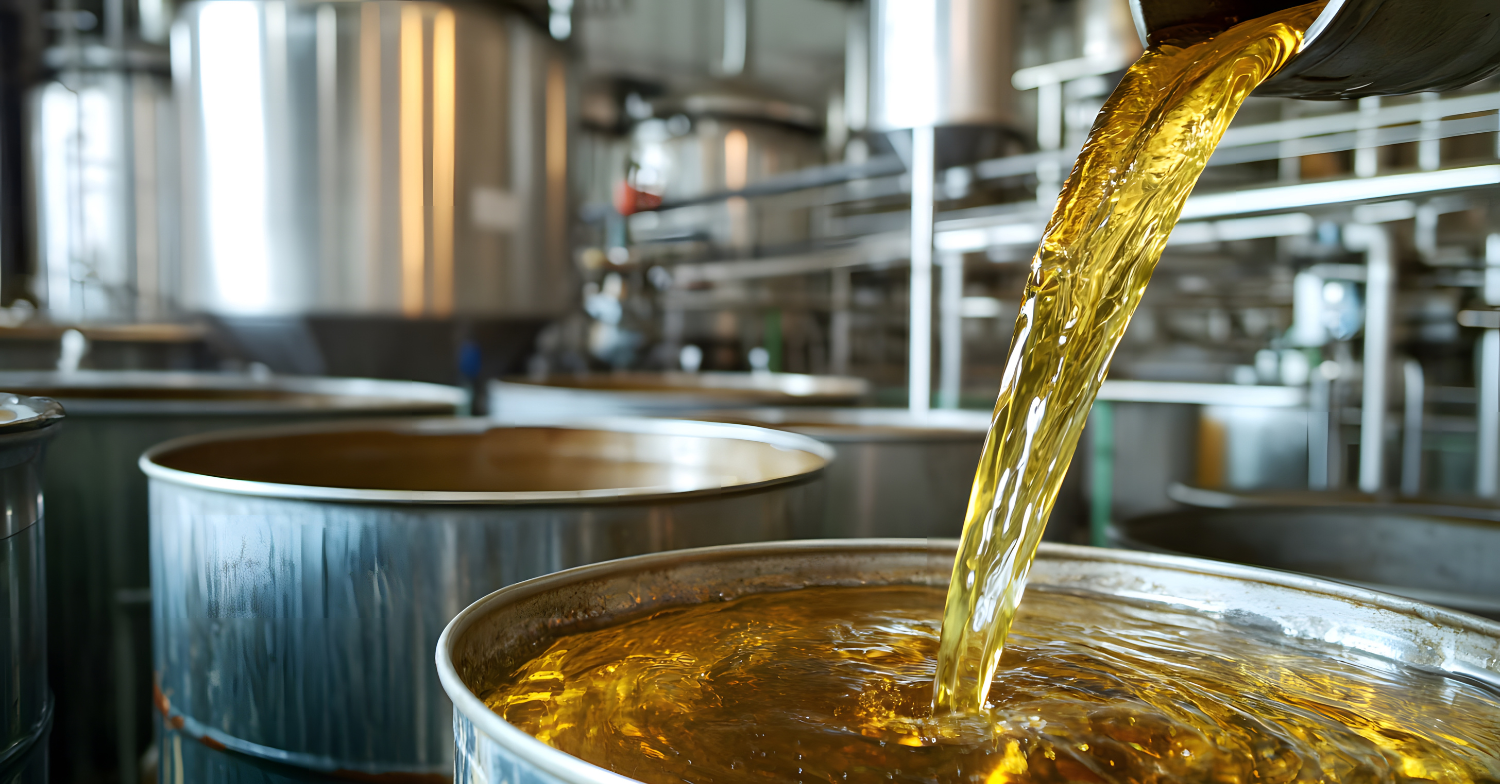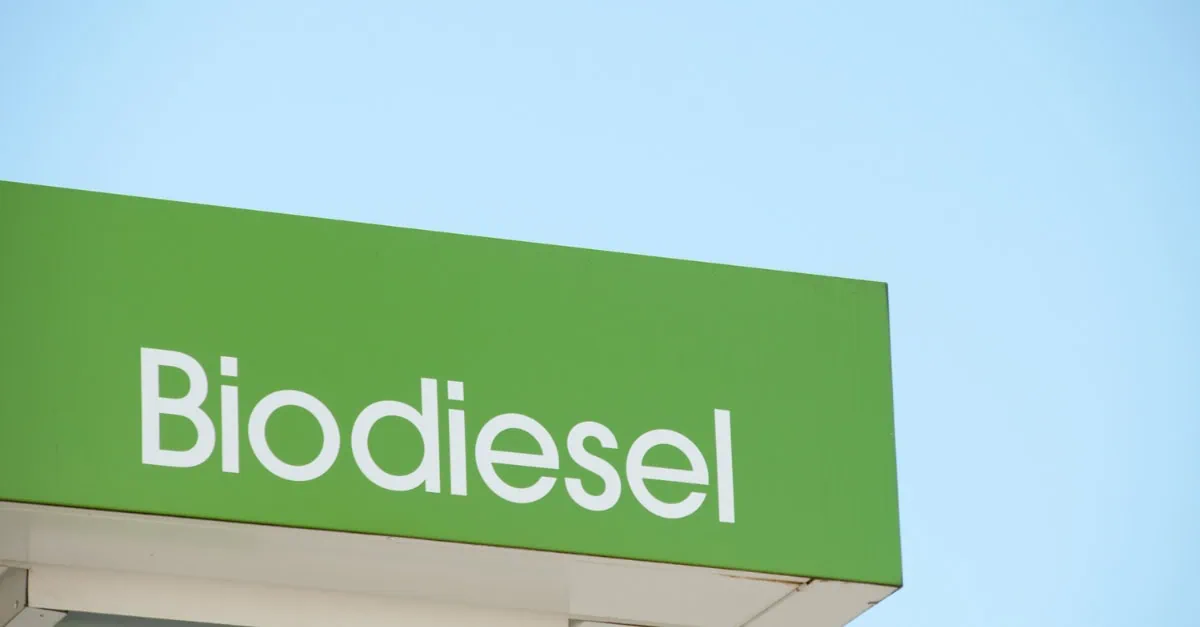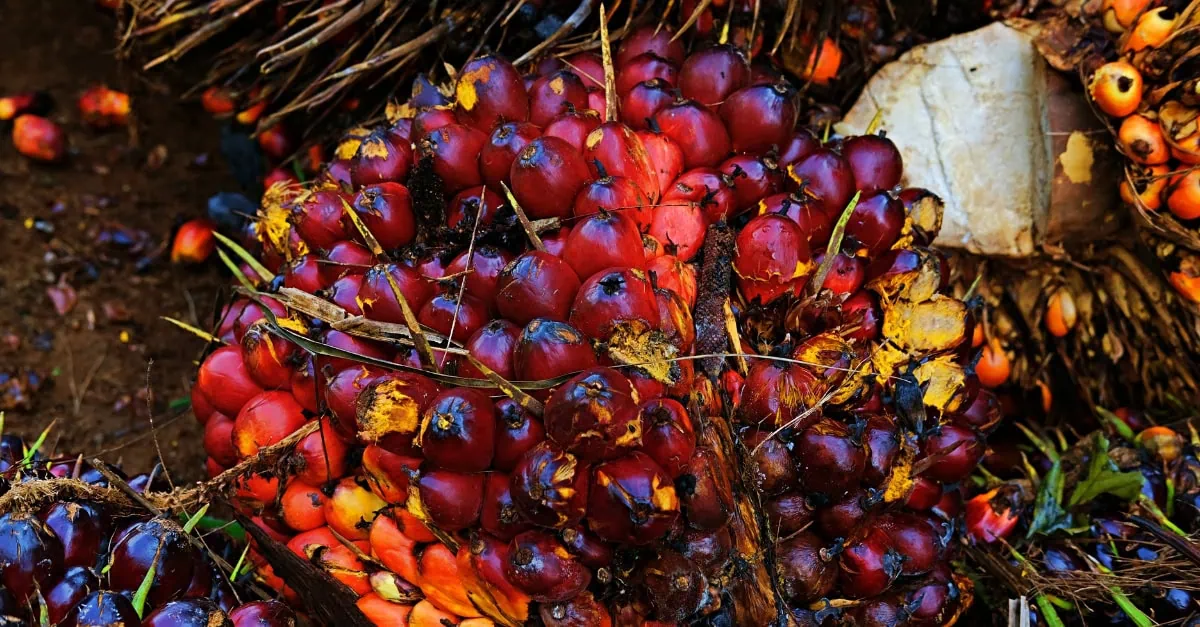European biodiesel prices show divergent trends amid changing feedstock costs and trade policy uncertainties
The global biodiesel market experienced notable price movements in late May 2025, with European biodiesel varieties showing mixed performance as feedstock costs and trade dynamics created fresh market pressures. Our latest weekly analysis reveals key shifts that could signal broader trends for the remainder of 2025.
Key market movements this week
FAME and UCOME biodiesel prices weakened slightly during the reporting period, with FOB ARA UCOME declining $4/mt to $1396/mt and FOB ARA FAME0 decreasing $7/mt to $1283/mt. This downward pressure primarily stemmed from weaker waste feedstock costs and lower LSGO prices, which fell $5/mt to $606/mt amid geopolitical developments including US-Iran diplomatic signals and potential OPEC+ output increases.
In contrast, RME (Rapeseed Methyl Ester) strengthened, gaining $7/mt to reach $1312/mt FOB ARA, supported by higher rapeseed oil (RSO) prices. July Crude RSO increased to EUR 1070/mt from EUR 1061/mt, reflecting tightening supply expectations.
Feedstock market dynamics drive price action
The biodiesel feedstock landscape continues evolving, with Used Cooking Oil (UCO) showing regional price divergence. While FOB China UCO remained stable around $985/mt, EXW Netherlands UCO dropped EUR 15/mt to EUR 1023/mt, the lowest level since November 2024.
This price weakness reflects expectations of increased UCO supply flows from China to Europe, driven by changing US biofuel and trade policies. European market participants anticipate this trend will continue pressuring regional UCO prices in the near term.
Animal fats prices also declined under pressure from UCO market dynamics, while POME (Palm Oil Mill Effluent) prices remained stable, supported by strong crude palm oil and Indonesia’s duties on refined UCO.
European supply growth continues
EU import data reinforces the supply growth narrative, with UCO imports reaching approximately 667,000 mt in the first four months of 2025, compared to 571,000 mt in the same period last year, representing a nearly 17% increase. Industry sources suggest May and June figures could show even higher volumes.
Rapeseed market faces volatility risk
The rapeseed complex presents a more complex picture, with production forecasts creating potential price volatility. MARS decreased its EU rapeseed yield estimate to 3.17 t/ha, below last year’s 3.20 t/ha, citing dry weather conditions in North-West Europe and lower expected yields in Eastern Ukraine.
Despite production challenges in individual regions, overall European crop expectations remain positive at 19.15 mmt (+2.29 mmt compared to last season), with Canada also expecting higher production at 19.5 mmt (+1.5 mmt year-on-year).
However, EU ending stocks are projected to fall to 0.9 mmt from 1.5 mmt in the previous season, creating vulnerability to weather-related volatility as the growing season progresses.
Trade policy uncertainties add complexity
Recent trade policy developments add another layer of market uncertainty. President Trump’s initial announcement of potential 50% tariffs on EU imports, later followed by an agreement to extend trade negotiations until July 9, illustrates the ongoing policy volatility affecting transatlantic biodiesel trade flows.
Market outlook and key factors to watch
The biodiesel market enters the summer months facing several competing forces:
- Feedstock supply increases from Asia could continue pressuring European UCO and animal fat prices
- Weather developments in key rapeseed growing regions will be critical for RSO price direction
- Trade policy resolution between the US and EU could significantly impact market structure
- Seasonal demand patterns typically influence biodiesel consumption through Q3
Access our full Biodiesel Market Analysis – Week 22 report here: https://app.vespertool.com/market-analysis/1969





